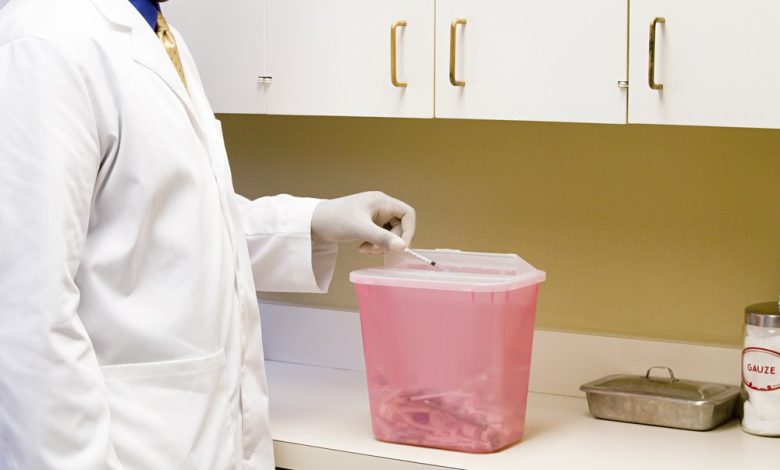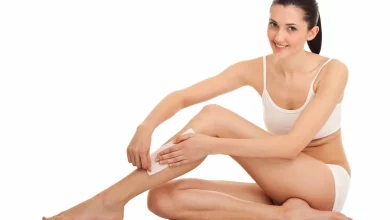The Silent Threat Among Us: Understanding the Dangers of WasteX Sharps Waste Disposal

In the sterile setting of a healthcare facility, a seemingly innocuous object poses a hidden danger: sharps waste. Used needles, syringes, lancets, and other sharp instruments, once discarded, transform into vectors for a multitude of dangers. Improper disposal of this waste puts not only healthcare professionals but also the public at risk of contracting serious, sometimes life-threatening, blood-borne pathogens.
Table of Contents
Bloodborne Enemies: The Devastating Potential of Pathogens
The microscopic culprits lurking within these discarded sharps are blood-borne pathogens, organisms capable of causing immense harm. Hepatitis B and C can lead to chronic liver disease, cirrhosis, and even liver cancer. HIV, the human immunodeficiency virus, targets the immune system, leaving individuals vulnerable to a range of opportunistic infections and potentially culminating in AIDS.
A Single Moment, a Potential Tragedy: Why Responsible Disposal Matters
Imagine a discarded syringe, casually tossed into a regular trash bin or left uncapped on a countertop. A child playing nearby, a sanitation worker collecting garbage, or even a curious pet could come into contact with its infectious contents. This seemingly mundane moment could become a gateway for these devastating diseases, forever altering lives.
Puncture-Proof Protection: The Importance of Safe Containers
The cornerstone of safeguarding against this threat lies in utilizing puncture-resistant containers specifically designed for handling sharps waste. These containers, often crafted from rigid plastic or other impenetrable materials, feature secure lids and locking mechanisms that prevent needles and other sharps from puncturing through, protecting anyone who comes into contact with them.
Beyond the Needle: Guidelines for Proper Disposal
Never, under any circumstance, should sharps waste be disposed of in regular trash bins, recycling containers, or down the toilet. Each of these routes presents potential dangers – punctures to sanitation workers, contamination of groundwater systems, and accidental exposure for unsuspecting individuals.
The recommended course of action is clear and straightforward. Once used, sharps should be immediately placed in a designated sharps container, ensuring the needle or blade is fully retracted and locked in place. Once the container is filled to a designated level (typically 75%), it should be sealed securely and labeled clearly as “Sharps Waste.”
Beyond the Clinic: Responsibility Extends to Everyone
The responsibility for WasteX sharps disposal extends beyond medical facilities. Individuals with chronic conditions requiring self-administered injections, for instance, also generate sharps waste and must adhere to safe disposal practices. Many pharmacies offer programs for the safe return of these materials, making proper disposal readily accessible.
A Collective Victory: Building a Safer Future Through Awareness
Remember, every needle, syringe, and sharp instrument disposed of responsibly is a victory in the fight against blood-borne pathogens. By prioritizing proper disposal procedures and using puncture-resistant containers, we can create a safer environment for ourselves, our loved ones, and the community at large.
Let us not underestimate the silent threat posed by sharps waste. By taking action and promoting responsible disposal practices, we can collectively stand guard against the dangers it harbors, ensuring a healthier and safer future for all.




